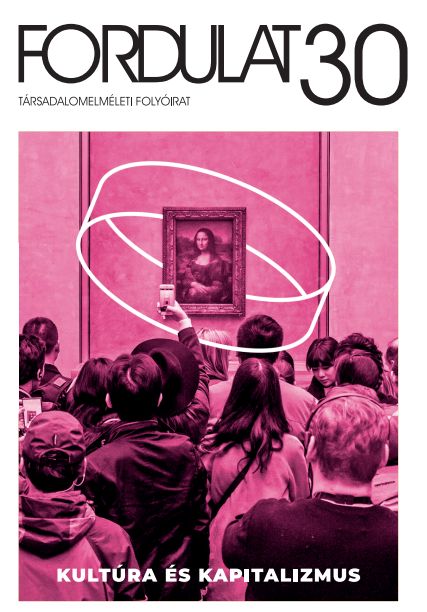
Kinek a kultúrája? Táncházmozgalom és hegemónia
Review of Taylor, Mary N. 2021. Movement of the People: Hungarian Populism, Folk Dance and Citizenship. Bloomington: Indiana University Press.
More...We kindly inform you that, as long as the subject affiliation of our 300.000+ articles is in progress, you might get unsufficient or no results on your third level or second level search. In this case, please broaden your search criteria.

Review of Taylor, Mary N. 2021. Movement of the People: Hungarian Populism, Folk Dance and Citizenship. Bloomington: Indiana University Press.
More...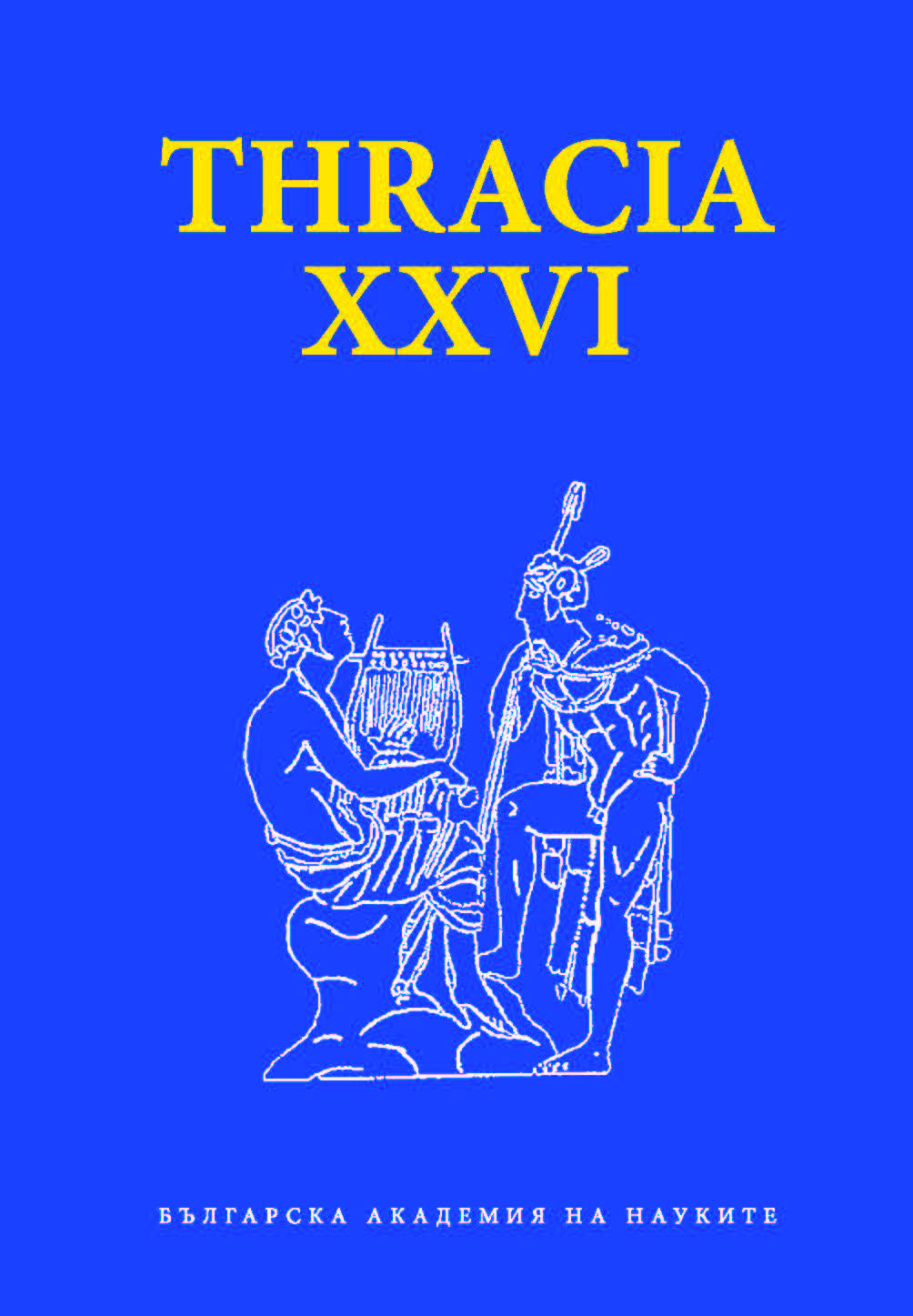
From her viewpoint as a musician, Alexandra Fol provides a ten-point partial checklist for recognizing a found object as a musical instrument: from the most to the least evident cases, a list which would be of assistance to teams of archaeologists and historians with no background in music.
More...
This article concerns the project of the unbuilt basilica of Le Corbusier at La Sainte Baume, which has been analyzed in the same context with the Thracian cult buildings – the Pythagoreanism. Since I find some visual and conceptual similarities between the architecture of these buildings from different epochs, I decided to make a parallel between their design and concept. For this purpose, I use a special research methodology, created for comparing architectural spaces from different epochs, which focuses on: the context; the function; the composition; the materials; the façade; the interior of the buildings. My aim is to find out whether similar ideas and philosophy lead to similar architectural interpretation, although created in different epochs and social conditions.
More...
The ancient novels, written in Greek or Latin, appeared around the Ist century AD and quickly became a popular genre. Drawing from a number of topoi and common themes, both in their narratives and in their style, these works reflected perceptions of the present, problems and questionings of their time. The genre of the ancient novel also shared numerous themes and means of expression with ‘higher’ literary genres from the same period, such as those of the Second sophistic. Later, the novels enjoyed popularity in the Byzantine empire and in Europe during the Middle Ages and the Renaissance. The paper aims at exploring there presentation of Thrace and the Thracians in the works of several authors of ancient novels such as Apuleius, Longus, Helliodorus and Pseudo-Callisthenes by gathering and analyzing interpretations of various figures from the history and the mythology of the region as well as generic representations and themes related to it. The paper will thus contribute to the main subject of the readings by bringing into light some of the manners in which the image of Thrace and the Thracians evolved in the Graeco-Roman culture from the first centuries of the Empire.
More...
This text is dedicated to an inscription with unknown provenance, stored for sometime in the Istanbul Museum, today in the National Museum of Warsaw, first published in1911. It is a dedication to the gods Isis and Sarapis at the time of the reign of Rhoemetalces(Ἴσιδι καὶ Σαράπιδι· βασιλεύοντος Ῥοιμετάλκου) from Artemidoros, son of Synistor – nauarch during the Great Ploiaphesia (IK Byzantion 324): To Isis and Sarapis, at the time of the reign ofRhoemetalces, when a merarch was Artemidoros, son of Philostratus, in the year 32 Artemidoros, son of Synistor, who was nauarch during the Great Ploiaphesia, consecrated this telamon. Sincethe first publication, the dating of the inscription is linked to the king Rhoemetalces I because of the year in the inscription (l. 6), associated by some of the researchers with the era of Actium, by others – with the reign of Rhoemetalces I, which is uncertainly dated. Despitethe explicitly stated unknown provenance, the epigraphic document remains attached to Byzantium. M. Tacheva is the only one who states doubt the connection of the inscription with the first Rhoemetalces, and she displaces it dates to 37–45 AD, i.e. to Rhoemetalces III. For a place of provenance expresses a preference to Perinthus or Mesembria. The inscription is extremely interesting with the two mentioned offices – merarch andnauarch. Both carry information about a Thracian control over Byzantium (?) or over the city where the stele (telamon) was erected. A decree from Cyzicus and information in Tacitus seem to provide an opportunity to revise and put the inscription in a different temporal context. Anyway, the dedication to the two Egyptian gods Isis and Sarapis on the occasion of the great feasts to the resumption of navigation celebrated on 5 March in one of the maritime centres around Propontis from the nauarch Artemidoros, most probably happens with the support of the Thracian king Rhoemetalces, whose name the dedicator explicitly mentions.
More...
This article discusses the various stereotypes associated with Thrace and the Thracians during the Roman era, not only drawn from the Greek literary tradition, but also directly inspired by the political situation in Rome and the Balkans, skillfully intertwined by Apuleius to offer different levels of interpretation.
More...
In 1930, a Khan Omurtag column was discovered in Provadia with a dedication inscription about a killed Bulgarian military leader. In 1943, historians noticed that a Thracian horseman's relief is also engraved on the column. The present report attempts to analyze this unique monument from a variety of perspectives and aims to initiate a fruitful discussion.
More...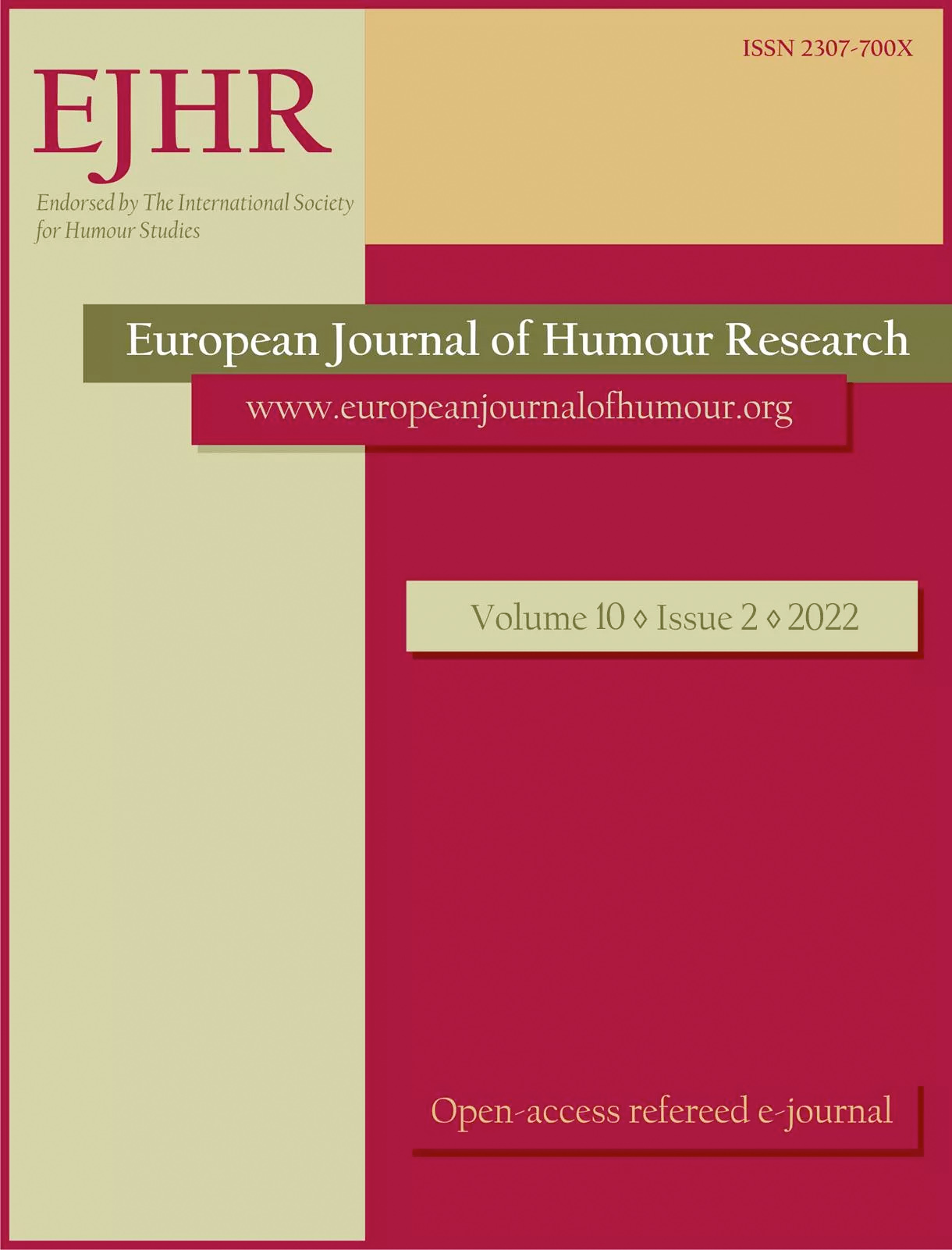
Serving as introduction to this Special Issue, this article presents a thematic review of topics involved in studies on humour and belonging. It briefly elaborates on the intricacies of concepts such as humour, sense of humour and belonging and their relationships. It then provides a selective review of some major relevant studies. Finally, the themes and contents of the Special Issue are introduced.
More...
This paper combines perspectives from evolutionary biology and linguistics to discuss the earlyevolution of laughter and the possible role of laughter-like vocalisation as a bonding mechanismin hominins and early human species. From the perspective of evolutionary biology, we hereemphasise several things: the role of exaptation, the typically very slow pace of evolutionarychange, and the danger of projecting backwards from the current utilities of laughter to inferits earlier function, hundreds of thousands, or even millions, of years ago. From the perspectiveof linguistics, we examine both the semantics of the word ‘laugh’ and the vocal mechanics ofhuman laughter production, arguing that greater terminological care is needed in talking aboutthe precursors of laughter in the ancient evolutionary past. Finally, we turn to hypotheses abouthow laughter-like vocalisations may have arisen, long before articulate language as we know ittoday. We focus in particular on Robin Dunbar’s hypothesis that laughter-like vocalisation,which stimulated endorphin production, might have functioned as a bonding mechanism (a kindof “vocal grooming”) among hominins and early human species.The paper contributes to the special issue theme (Humour and Belonging) by casting a longlook backwards in time to laughter-like vocalisation as a distant evolutionary precursor ofhumour, and to bonding as an evolutionary precursor to cognitively and socially modern formsof “belonging”. At the same time, it cautions against casual theorising about the evolutionaryorigins of laughter.
More...
Drawing on a range of American, Australian, British and Scandinavian research into laughter,the current paper will use the form of pragmatic analysis typically found in qualitative researchand apply it to data produced by the quantitative methodology common in the author’s owndiscipline of psychology. Laughter will be examined as an indexical that serves both a discoursedeictic function, designating the utterance in which it occurs as non-serious, and a social deicticfunction, marking the laughing person’s preference for social proximity with fellowinterlocutors. The paper will then analyse examples and data pertaining to three types oflaughter bout derived from taking laughter as an indexical. First, solitary listener laughter willbe argued to signify a deferential acknowledgement of continued solidarity with the speaker.Second, solitary speaker laughter will be suggested to mark a simple preference for solidarity.Third, joint laughter will be accepted as a signifier of actual solidarity that may also be used tomark status depending on which party typically initiates the joint laughter. Joint laughter thusacts in a manner closely analogous to the exchange of another set of indexicals, the T and Vversions of second person pronouns in European languages. Finally, the paper will concludeby examining the problematic case of laughing at another interlocutor, before brieflyconsidering the implications of this pragmatic perspective for traditional accounts of laughteras well as for future research.
More...
The widespread notion of a unique national humour involves an impulse to apply thecommonplace assumptions of national identity that demand uniqueness of identity, history,language and culture for a political society. What is deemed true and distinctive of the nationmust be also be true and distinctive of its national humour, goes the thinking.However, such cultural exclusivity has not been reconciled with cultural exchangesbetween nations. Paradoxically, conceptions of national humour have been formulated indynamic tension with such exchanges during the various phases of globalization that havetaken place since the 19th century. The Americanisation of humour, in particular, has been animportant component of such transmissions and resulted from the commercial popular culturedominated by America since the nineteenth century. Australia is a prime example examinedhere along with examples from Britain. To complicate matters of transmission,Americanisation sometimes arrived in Australia via Britain as well as directly from Americaitself.Australians and Britons periodically reacted against American culture, includinghumour, as a threat to national identity. But this was part of a dynamic tension played outbetween modern and traditional, imported and local in their selections and adaptations ofhumour imports from America.There is a huge and historic complexity of cultural anxiety and cultural transfer lyingbehind the apparent cultural comforts of belonging to a nation-state. Moreover, humour hasplayed its part in the continual discursive recreation of the nation in the form of constantsearches for the unique national humour of a people.
More...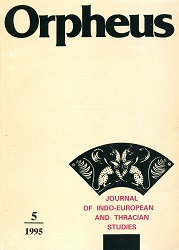
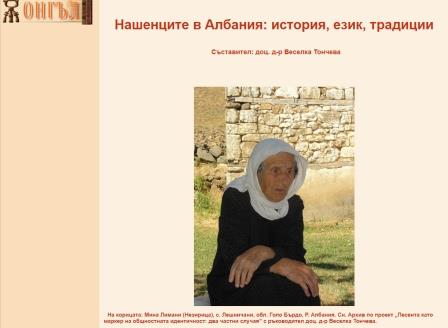


The article presents the Slavic language group (Bulgarian/Macedonian) inhabiting the region of Golloborda, Albania, focusing on the main parameters of the villages status in the past and today. The Gollobordians have been living as Albanian citizens for 100 years, but the information about the exact number and population of the Gollobordian villages included in the Albanian territory differs in the different sources. In this sense the text describes a villages past and present.
More...


In this study we will try to deliver the most important moments of a Bulgarian wedding from Albania, one of the most interesting and most beautiful moments in people's lives. At the same time it is also one of the most complex and rich cultural rituals of everyday people. Wedding rituals of Bulgarians from the village Vrabnik includes two critical areas: betrothal and wedding. All moments of the wedding rituals in this Bulgarian village will present them in the stories of people and film and audio recordings that I have done for various moments associated with marriage.
More...
